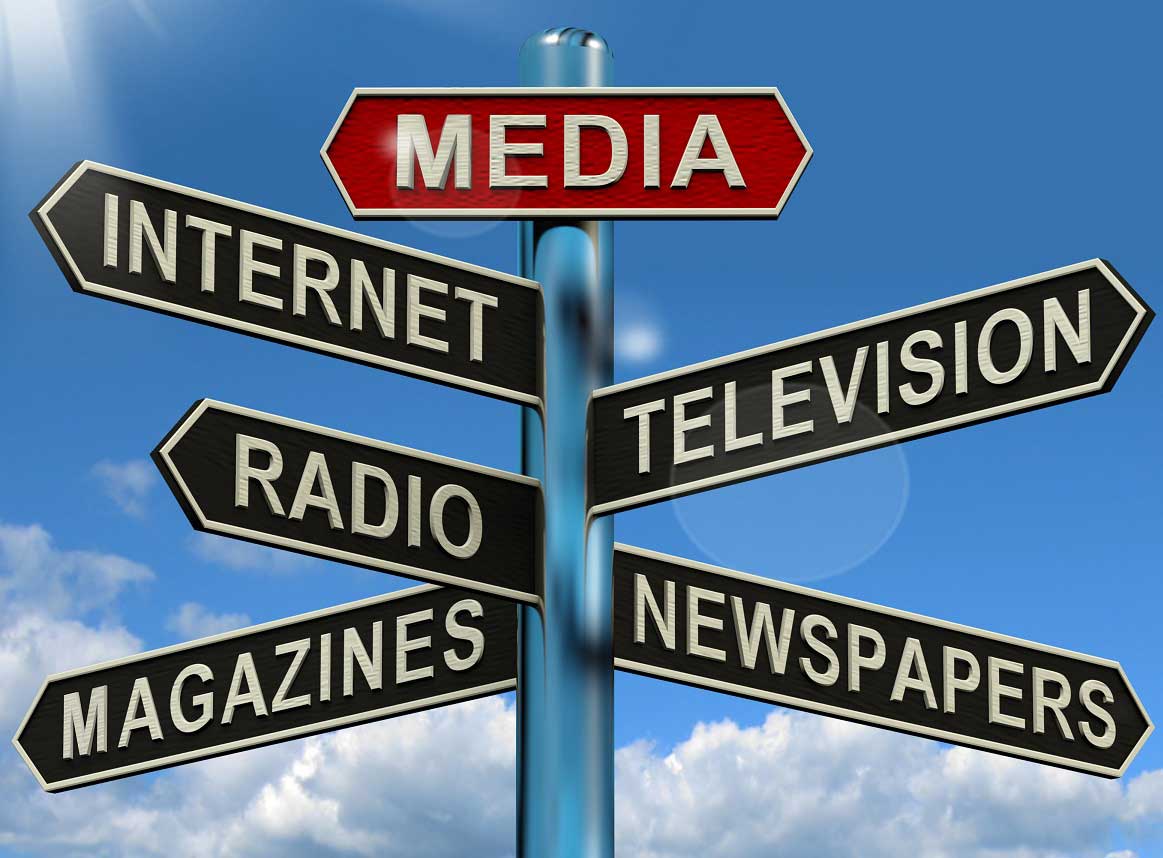What is a Media Strategy?
In a fast-paced, highly competitive world, media is more than just important.
It’s a crucial part of how modern businesses reach their target audiences, build brand awareness, create a demand for their products, and ultimately close sales.
A media strategy is a dynamic action plan for reaching your audience and boosting conversion rates by leveraging various media types to distribute content and deliver your brand message.
What to Consider When Planning a Media Strategy
The world of modern media consists of many different layers and subsections.
A thorough understanding of each of them, as well as how they work together and where individual brands fit into the equation, is essential.
Here’s a closer look at some of the key elements to keep in mind as you plan your media strategy.
Target Audience
Every media strategy needs to start with a working understanding of the target audience.
What types of customers are you hoping to attract via your efforts? Which demographics do they belong to, what media types do they favor, and where does your product fit into the mix?
News Cycles
Most media outlets, whether they’re traditional or modern, are concerned with generating timely, compelling news content.
Each option also comes attached to its own distinct cycle, and it’s essential to understand each. For example, newspapers deal in daily news, magazines have monthly news cycles, and so forth.

Communication Channels
Every brand looking to create a winning media strategy needs to establish a means of communicating with their media outlets of choice.
They also need to be prepared to deliver clear, concise, relevant information that meets the standards set by those media outlets.
Conventional vs. Modern Media
Certain media channels — like television, radio, and print media — have been around for decades.
They’re also still relevant, even in an increasingly digitized world. However, the power and reach of modern media outlets like streaming channels, blogs, and social media can’t be denied.
It’s essential to meet your target audience where they live, so knowing which media types they prefer is vital.
4 Types of Media to Use
A brand operating in the digital age really has its options open when it comes to its ongoing media strategy. The following are just a few of the many examples you’ll want to consider when planning yours.
1. Mass Media
When most people think of traditional advertising options, they’re likely thinking of mass media — media designed to reach and address huge, generalized groups of people.
Many forms of conventional media fall under this umbrella, including radio, television, newspapers, and national or global magazines.
2. Print Media
Print media is perhaps the oldest, longest-standing form of media.
And although there are many other options available to marketers these days, print is still going strong when it comes to advertising.
Print media does include options like brochures, pamphlets, comics, and similar options. However, it also covers display examples like posters, charts, etc.
3. Social Media
There’s no denying that social media is a true force to be reckoned with in today’s digital age, especially now that it’s a daily part of nearly everyone’s life.
That makes it a non-negotiable must if you’re planning a media strategy. Again, it’s important to know your audience and understand what options they like best.
In addition to all the social networks you’re familiar with (Facebook, Twitter, Instagram, TikTok, etc.), social media also includes forums, blogging networks, message boards based on niche interests, etc.
4. Folk Media
The more connected the world becomes, the more critical authentic, ongoing relationships become. These include connections between customers and the brands they buy from.
That said, you don’t want to overlook folk media when building your media strategy — options like public announcements, skits, art, and interpretive performances.
These are especially effective when looking to reach local demographics in creative, exciting ways.
How to Plan a Media Strategy
No two businesses are alike, so naturally, every media strategy will be different, as well. How you and your team should approach yours depends on your goals, your business needs, and the audience you want to reach.
However, the following steps offer an excellent blueprint for starting the process correctly.
1. Conduct thorough market research
The primary objective of any advertising strategy is to reach and connect with a target audience, so any media strategy should start with a round of market research.
Ultimately, your market research will help you the most when it comes to tailoring your content to your customers’ needs and preferences.
2. Set clearly defined goals
Just as a long road trip goes a lot more smoothly with a good map to reference along the way, a long-term media strategy is more effective with measurable, attainable goals to work toward.
After all, you need to set a destination before you can start the journey.
Which marketing goals you set are up to you, but they need to be clearly defined and measurable.
Attach target numbers to your goals, as well as time-based deadlines and milestones to work toward. In other words, make sure your goals are SMART — specific, measurable, attainable, relevant, and time-bound.
3. Determine your core message
Most media strategies will involve several different content types distributed across multiple media options.
However, your strategy as a whole needs to come attached to one cohesive brand message that’s both powerful and easy to understand.
It should also convey essential information about your product or service — the highlights a customer can expect to experience if they make it their choice.
What main takeaways do you want your target audience to have about your brand after consuming your content? Which media types and content platforms are the best fit for a message like yours?
4. Set a realistic budget
Modern marketers have plenty of options to choose from when selecting their media outlets.
Some are free (or extremely low-cost), others represent a bigger investment and plenty more fall somewhere in the middle budget-wise.
When considering what your media marketing budget should be, consider both the scope and potential impact of what you’ve got in mind.

Sit down with the rest of your marketing team and determine available funds. Then start researching feasible platforms and brainstorming your content.
5. Prioritize omnichannel marketing
Modern consumers no longer rely on just one or two different channels when seeking out information or researching potential purchase decisions.
For example, your existing and potential customers likely maintain presences on several major social media platforms, as well as read blogs and subscribe to several email lists.
They also probably watch television and listen to the radio or some other form of streaming music.
It’s crucial to meet your audience where they spend the most time, and most people expect to see important brands nearly everywhere they go, so an omnichannel approach is ideal when planning a media strategy.
Refer to your buyer personas to determine the best options for reaching your desired audience.
6. Put your plan into action
Once you’ve got your media strategy planned out, it’s time to launch it and watch it grow legs.
Be sure to track your results from start to finish so you can compare your results in real-time to the goals you set during the planning phase of the process.
Don’t assume you need to wait until you complete the allotted timeline for your strategy to make adjustments, though.
The worlds of digital marketing and modern media can be unpredictable and highly changeable. So if something isn’t working out as planned, feel free to make some adjustments as needed along the way.
Analyze your results carefully, learn what you can from them, and apply those lessons to make your next media strategy even stronger.












Replies to This Discussion